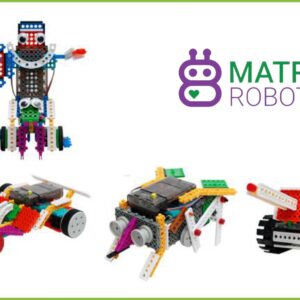How do we teach STEM?
STEM stands for Science, Technology, Engineering, and Mathematics. A cross-curricular STEM workshop offers an interdisciplinary experience where children engage in fun, hands-on activities to apply science and math concepts in real-world contexts. The class is full of adventure, helping to develop essential skills such as concentration, problem-solving, and teamwork, alongside technical abilities.

Equipping the Next Generation with Skills for a Changing World
According to the U.S. Department of Education, “In an ever-changing, increasingly complex world, it’s more important than ever that our nation’s youth are prepared to bring knowledge and skills to solve problems, make sense of information, and know how to gather and evaluate evidence to make decisions.” To achieve this, project-based learning and a blend of diverse skills must be taught together, rather than separately.
At Maris Robotic, students learn to engage in coding and/or hands-on projects step-by-step, bringing their ideas to life while working collaboratively as team members and creating their toys rather than using pre-made ones. This approach provides practical insights into school subjects and builds confidence in their ability to achieve anything they aspire to.

Filter by price
-
Sale Product on sale
 Matris Animal Robot
Matris Animal Robot£95.00Original price was: £95.00.£90.00Current price is: £90.00. -
Sale Product on sale
 Matris Race Robot
Matris Race Robot£130.00Original price was: £130.00.£110.00Current price is: £110.00. -
Sale Product on sale
 Matris Smart Robot
Matris Smart Robot£105.00Original price was: £105.00.£100.00Current price is: £100.00.

1 Comment. Leave new
[…] of the greatest benefits of STEM education for children in the UK is its focus on problem-solving. Robotics challenges children […]